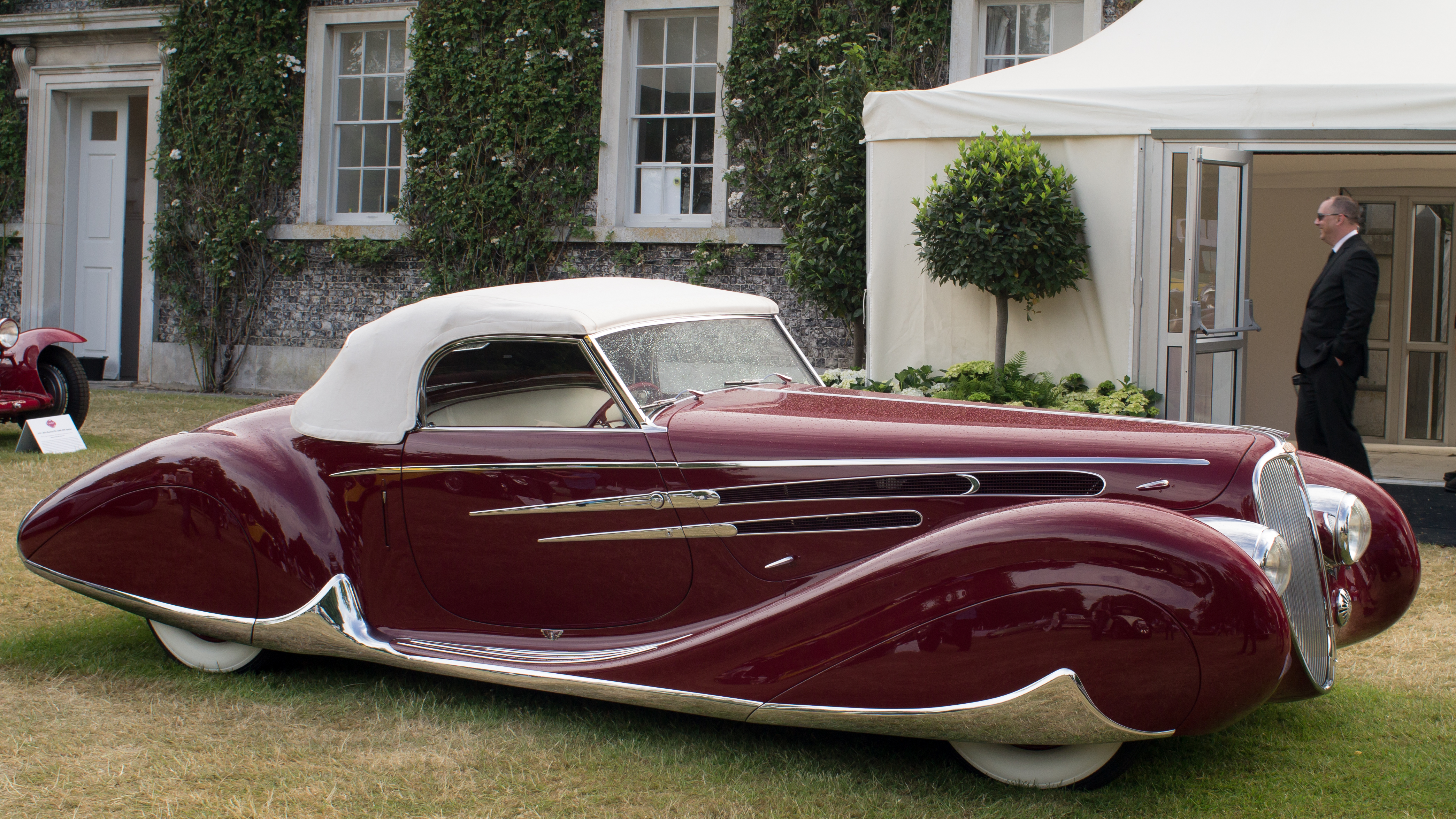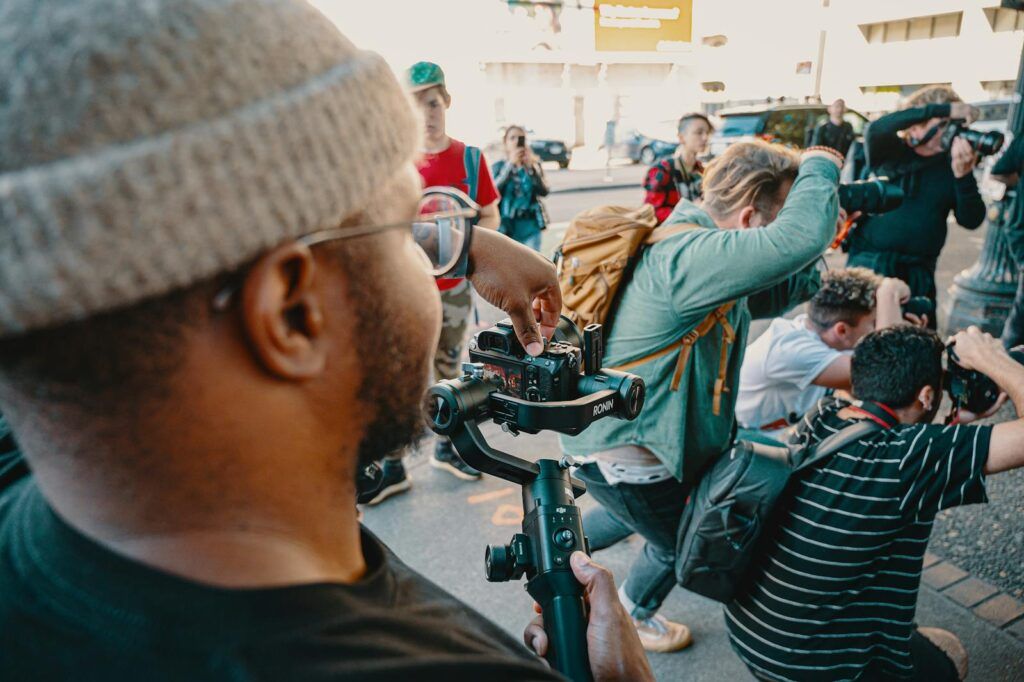The sitcom laugh track, a ubiquitous sound that once defined an era of television comedy, has long been written off as a relic of the past. For years, the background chortle seemed firmly on its deathbed, a format driven to near extinction by evolving tastes and the rise of new comedic forms. Yet, like a determined character refusing to exit the stage, this much-maligned audio cue continues to defy its declared demise, quietly reappearing and persisting in surprising corners of our media landscape.
This isn’t just about a sound effect; it’s a deep dive into how technology, culture, and media intertwine to shape our viewing experiences. The laugh track, often condemned as a “dystopian form of joke mind control,” has a complex legacy, triggering mirror responses in viewers and even being linked to “systemic misogyny” by some critics. But beyond the derision, it represents a fascinating case study in audience psychology, industry pragmatism, and the enduring quest to create a communal viewing experience, even when none truly exists.
We embark on a journey through the laugh track’s contentious history, exploring its scandalous origins, the mechanics behind its artificial charm, the powerful scorn it elicited, and the paradoxical grip it maintained on audiences for decades. From its secret operations to its role in shaping our understanding of comedy, the story of the laugh track is far from over, offering a unique lens through which to view the past, present, and future of television.
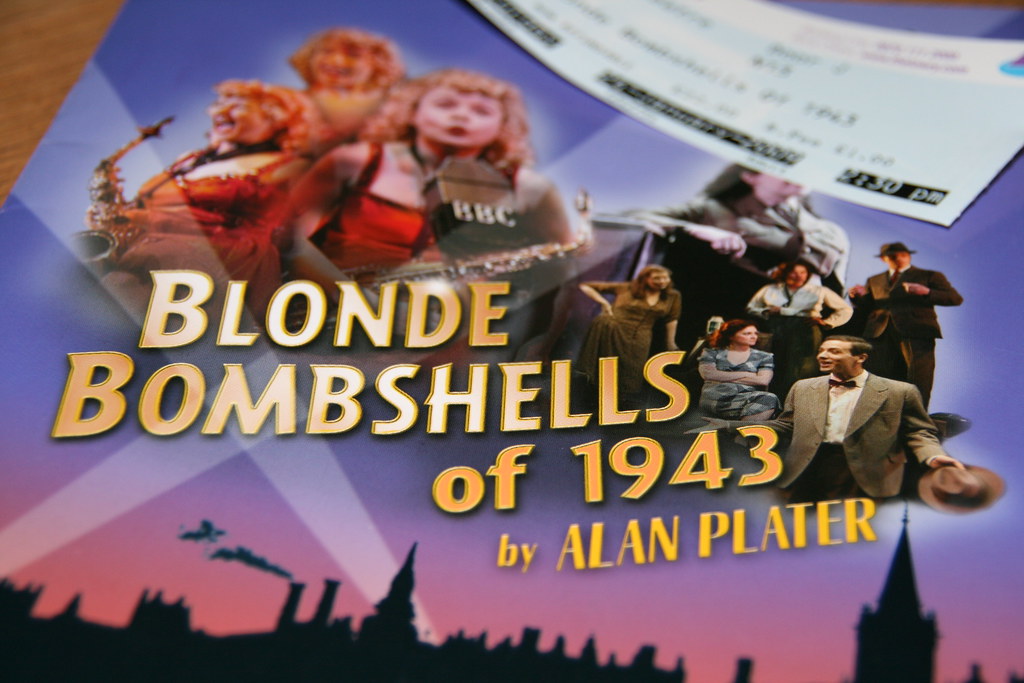
1. The Original Sin: The 1966 TV Guide Exposé and the “Most Taboo Topic”
Imagine the shock for American viewers who, on July 2, 1966, opened their TV Guide to find a “bombshell story.” This was no ordinary exposé; it was the first installment of a two-part series delving into “the most taboo topic in TV,” an industry’s “best-known and least-talked-about secret,” and what was boldly labeled “the put-on of all time”: the laugh track. This revelation pulled back the curtain on a widespread practice that many suspected, but few understood the full extent of.
At that time, the landscape of television comedy was largely built on a pretense. Almost every comedy on air was either filmed live in front of a studio audience, or at least “pretended to be.” Yet, the secret was that pretty much all of the biggest shows, from *The Andy Griffith Show* to *The Beverly Hillbillies* and *Green Acres*, were augmenting or even replacing genuine audience reactions with artificial ones. The discerning viewer might have sensed that not every giggle or guffaw was authentic, but the depth of the artifice remained largely unknown outside industry circles.
Even productions that did feature live audiences often added artificial laughs, a practice known as “sweetening.” This wasn’t merely to supplement a sparse crowd; sometimes, the pre-recorded laugh track was considered to sound “more authentic than the real thing.” The industry had created a sophisticated system, perfecting an illusion that was, for a long time, an open secret among insiders but a startling revelation for the general public, shattering the perceived authenticity of their favorite comedies.
This moment in 1966 marked a pivotal point, laying bare a widespread deception that would fuel decades of debate and disdain. The initial exposé framed the laugh track not as a harmless technical aid, but as a deliberate “put-on” – a grand illusion maintained at the expense of viewer trust. It set the stage for a contentious relationship between audiences and the artificial laughter that permeated their entertainment.

2. A Public Affront: The Widespread Viewer Scorn and Industry Disdain
It didn’t take long for both viewers and industry insiders to react strongly, and largely negatively, to the pervasive use of laugh tracks. The public scorned the artificiality, first for its “deceptiveness” and then for its “condescension.” The idea that a machine was telling them when to laugh felt “artificial, cheesy, even insulting,” prompting the indignant question: “You think we need you to tell us when to laugh?”
This sentiment was echoed by prominent figures within the television industry itself. Larry Gelbart, a key figure behind the groundbreaking *M*A*S*H*, “always thought it cheapened” the show. The legendary actor David Niven famously called the laugh track “the single greatest affront to public intelligence I know of,” encapsulating the profound artistic and intellectual objection many held against its use. Even Larry David reportedly “didn’t want it on *Seinfeld* but lost out to studio execs who did,” highlighting the executive pressure that often favored its inclusion.
The condemnation wasn’t confined to individual opinions; it became a widely accepted critical stance. In 1999, *Time* magazine, reflecting the general consensus, starkly judged the laugh track to be “one of the hundred worst ideas of the twentieth century.” Such a pronouncement cemented its reputation as a creative crutch, a symbol of manipulative television production rather than genuine comedic artistry.
Despite this relentless barrage of criticism from audiences, creators, and critics alike, the laugh track refused to fade away. Its persistence in the face of such widespread scorn created a fascinating paradox, signaling that its utility, or perhaps its perceived necessity, outweighed the constant chorus of objections leveled against it. The battle lines were drawn, but the artificial laughter continued to ring out across living rooms.
4. The Unstoppable Force: Laugh Tracks on Iconic Shows Despite the Haters
Despite the almost universal condemnation, the laugh track maintained an iron grip on television comedy for decades. It persisted, weaving its way into the fabric of some of the most beloved and successful sitcoms, defying all predictions of its demise. “Until the early 2000s, nearly every TV comedy relied on one,” cementing its status as an indispensable, if detested, element of the genre.
Even as critical voices grew louder, and viewer complaints mounted, shows that utilized laugh tracks continued to dominate the ratings and become cultural touchstones. Iconic series like *Friends*, *Two and a Half Men*, *Everybody Loves Raymond*, and even children’s shows like *Drake & Josh* all featured laugh tracks prominently. These programs resonated deeply with audiences, proving that the presence of canned laughter did not inherently deter viewership or success.
This prevalence created a peculiar dichotomy: audiences might have “railed against the laugh track,” but they simultaneously “adored shows that used it.” It was a classic case of stated preferences contradicting demonstrated behavior. The underlying mechanisms of comedy and audience engagement, perhaps more complex than simple disdain for artifice, kept these shows, and by extension, the laugh track, firmly entrenched in the popular consciousness.
The endurance of the laugh track on these massive hits underscored a fundamental truth about television production and consumption. Whatever its aesthetic drawbacks or perceived condescension, it served a purpose that networks and producers clearly valued, believing it contributed to the broad appeal and commercial viability of their most lucrative comedies. The laugh track, it seemed, was more than just a sound effect; it was a proven, if controversial, ingredient for sitcom success.
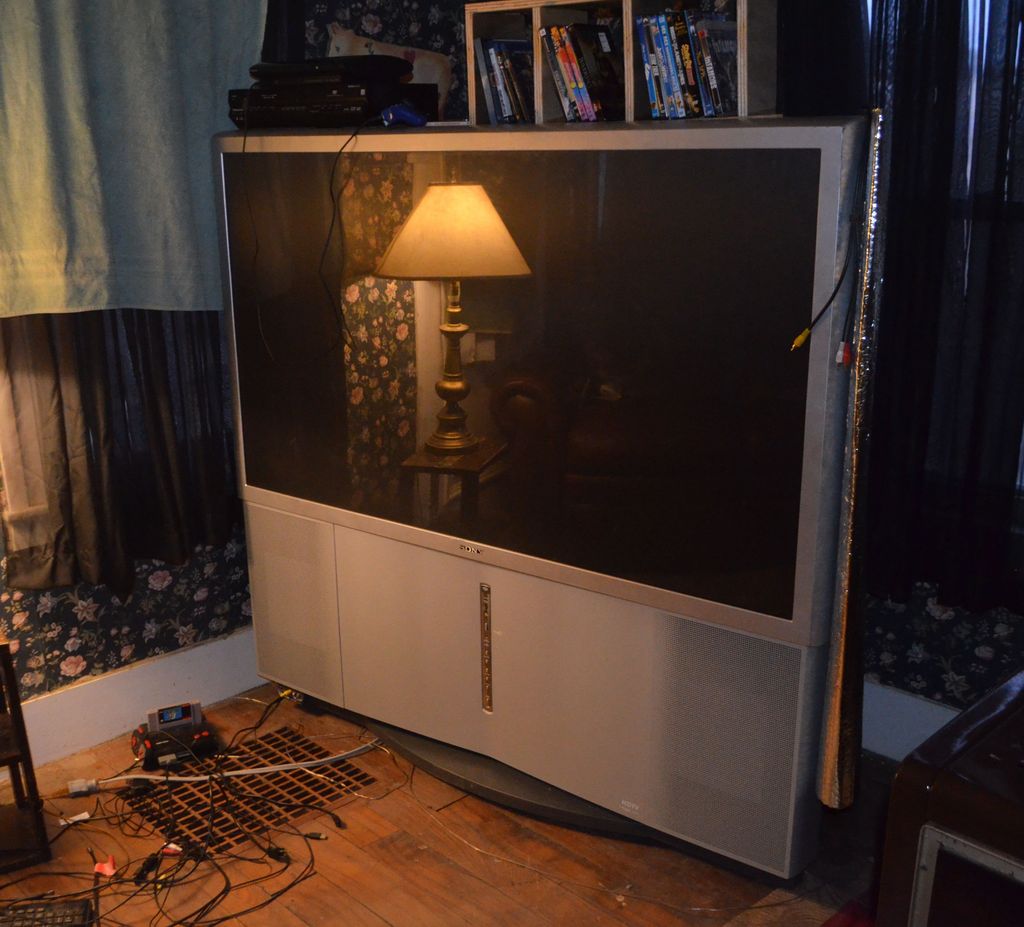
5. Echoes of Radio: How Early TV Mimicked a Communal Listening Experience
To understand the origins of the laugh track, one must look beyond television itself and back to its predecessor: radio. Early TV shows were not conceived as “short movies beamed into your living room,” but rather as “radio shows acted out onstage.” This crucial distinction explains why laugh tracks became so integral to the nascent medium, whereas movies, even in their silent days, never adopted them. Movies had their “own live audience right there in the theater,” making simulation unnecessary.
Radio shows had long been recorded in front of live studio audiences, with the laughter sweetened for those listening at home. When television emerged, it naturally adopted this format, seeking to replicate the “communal experience you would have in person” for viewers tuning in remotely. Ron Simon, a curator of television and radio at the Paley Center for Media, explained this motivation, highlighting the desire to bridge the gap between broadcast and the shared experience of live entertainment.
A production executive of the era believed that an audience was “necessary, ‘because TV viewers expect an audience to be there.'” This expectation, deeply ingrained from the radio era, meant that even if a live audience wasn’t physically present or sufficiently boisterous, the *sound* of one was deemed essential. The laugh track, therefore, wasn’t just an embellishment; it was an attempt to fulfill a perceived audience expectation, to provide an auditory cue that signaled a shared event.
In this context, the laugh track functioned as an illusion of community, a sonic stand-in for the collective experience of watching a performance together. It was designed to make the solitary viewer at home feel less alone, more connected to a larger, laughing group. This foundational desire to replicate a communal viewing environment laid the groundwork for the laugh track’s initial acceptance and subsequent entrenchment in television programming.
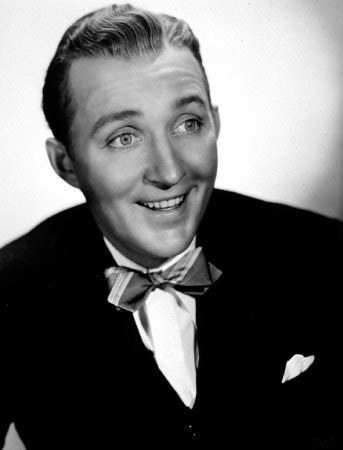
6. The Crosby Effect: The Genesis of Fully Canned Laughter and Its Spread
While live-audience laughter had been “sweetened for radio and TV broadcasts” for some time, a significant shift occurred around 1950 with Bing Crosby’s radio show. Crosby’s program took the bold step of “dispensing with the live audience altogether and adding in the laughs later,” an innovative move that bypassed the need for a physical crowd entirely. This pioneering approach demonstrated that an artificial audience could successfully simulate the real thing.
TV executives, ever keen to find efficient and reliable production methods, quickly took “a lesson out of Crosby’s book.” The creation of the “Laff Box” in the early 1950s further accelerated this trend, making it easier than ever to inject pre-recorded laughter into any program. The era of fully canned laughs had officially begun, enabling a proliferation of artificial audience reactions across the airwaves.
The impact was profound: “canned laughs proliferated to the point that even shows without the slightest pretense of having been performed for a live studio audience used laugh tracks.” This included animated series like *The Flintstones* and *The Jetsons*, where the very idea of a live audience was absurd. The laugh track transcended its origins as a supplement for live performances, becoming a standalone element universally applied across diverse comedic formats.
Even shows that were still filmed in front of a real audience sometimes “relied on canned laughs” to enhance or perfect their soundscapes. This widespread adoption showcased the industry’s growing reliance on this artificial element, transforming it from a mere technical option into an almost default setting for comedic television. The “Crosby Effect” had fundamentally altered the sound of televised comedy, embedding canned laughter deeply into its DNA.
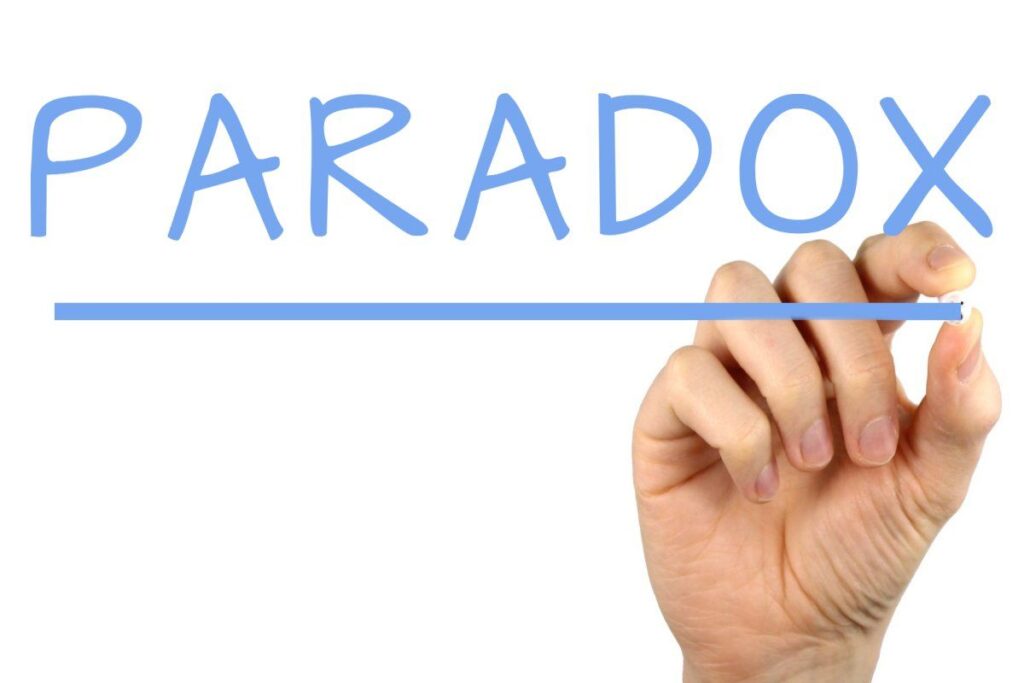
7. The Enduring Paradox: Why Viewers Hated Them But Loved Shows That Used Them
Despite the technological advancements and widespread adoption, the audience’s underlying sentiment toward the laugh track remained largely negative. “Not that the viewers warmed up to the laugh track,” the context notes, highlighting a persistent “dissonance between viewers’ stated and demonstrated preferences.” People consistently “railed against the laugh track,” yet their viewing habits told a different story.
Remarkably, these same audiences “adored shows that used it.” This created a perplexing paradox: how could something so scorned be so popular? Networks occasionally tested the waters, trying shows “without a laugh track,” but the results were consistently unfavorable—”none of them lasted long.” It seemed that despite the intellectual objection, there was a subconscious, perhaps even biological, pull towards the shared sound of laughter.
Dr. Sophie Scott, a neuroscientist at University College London who has studied laugh tracks, offers a compelling explanation. While it’s tempting to believe “that we’re above laugh tracks, that we don’t need them to know what’s funny,” she states, “those social cues help you understand the meaning of comedy.” The laughter, even when artificial, provides a vital prompt, signaling to the brain that humor is present and encouraging a reciprocal response.
This suggests that the laugh track, far from being a mere annoyance, taps into fundamental human psychology. It triggers a “mirror response,” akin to how seeing someone yawn makes you want to yawn, as explained in the context. This innate social cue, however manufactured, played a crucial role in making audiences “more likely to find jokes funny,” ensuring its tenacious hold on television comedy despite decades of critical backlash and public complaints.

